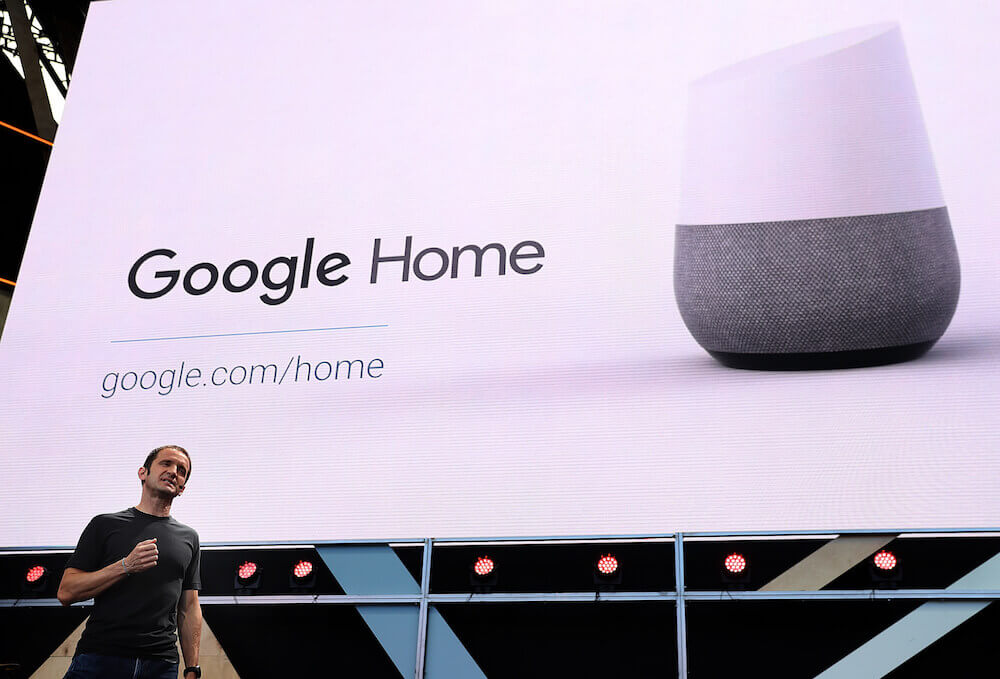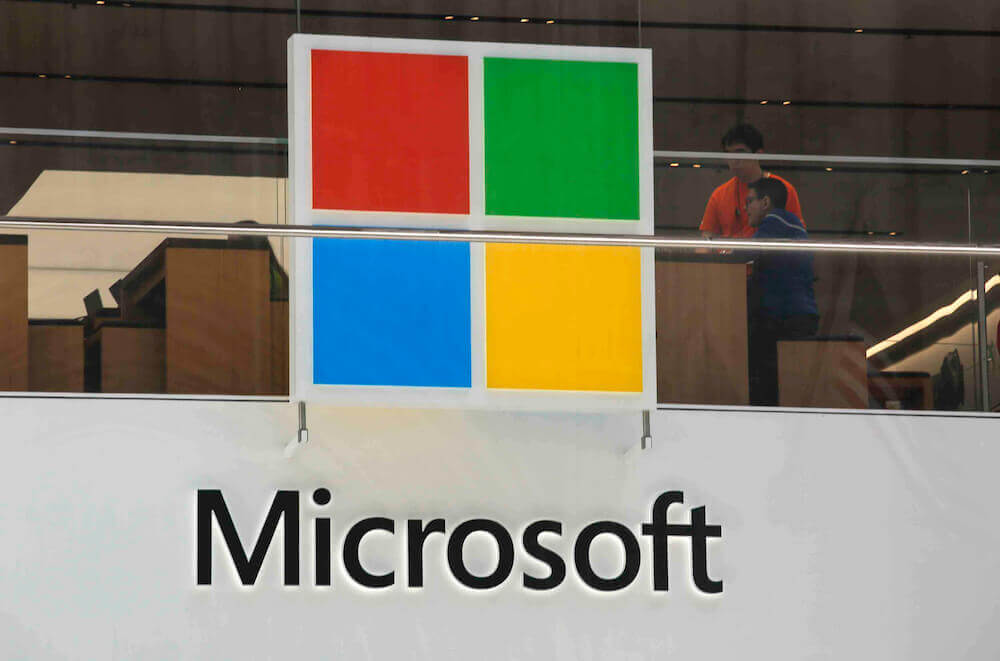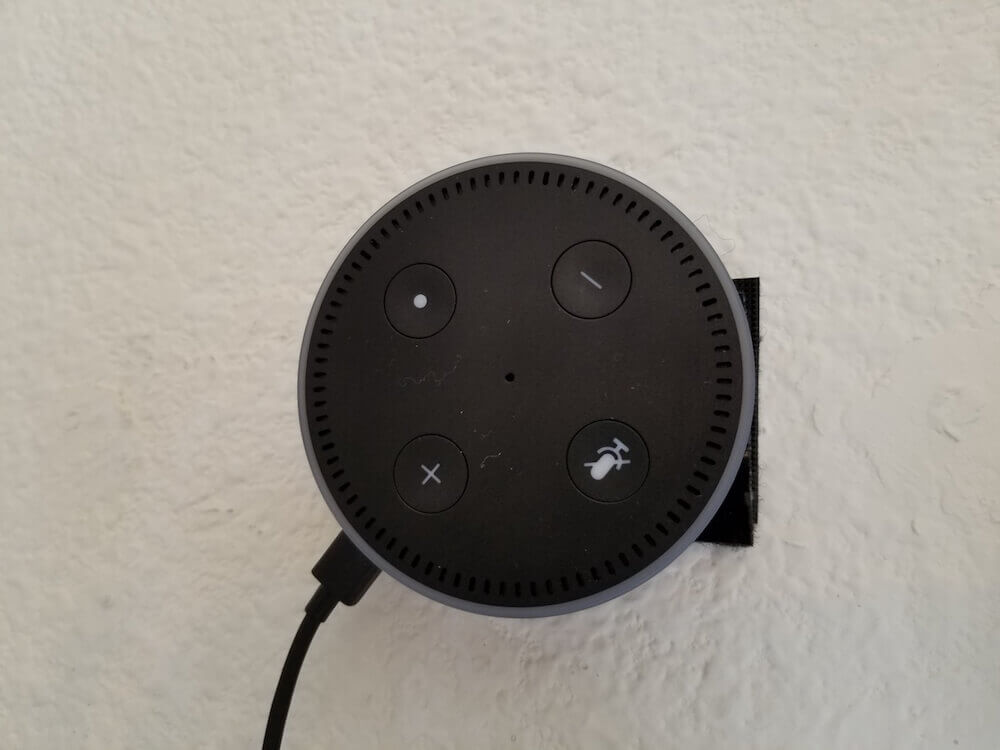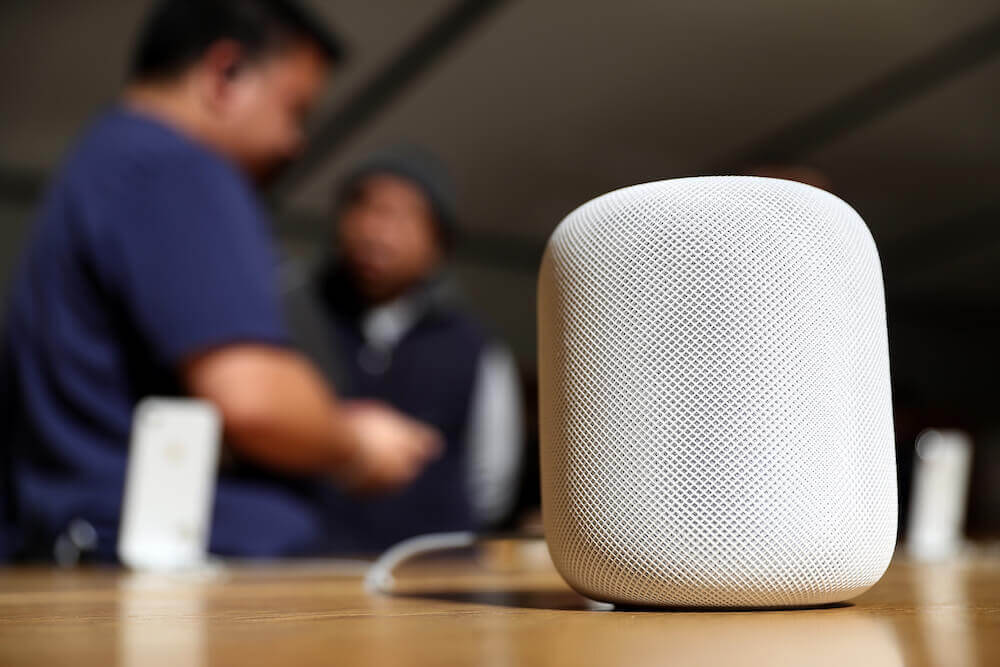Voice computing is the hottest trend in technology today. Companies from Apple to Amazon are fiercely competing to emerge victorious in the voice computing market, which many experts say is the future of computing; a world in which people speak to their devices for commands, instead of manually pressing buttons on computers or mobile devices. Interestingly however, voice computing is far from a recent phenomenon; it can trace its origins back hundreds of years. It all started with Wolfgang von Kempelen, a renowned inventor who developed a speech synthesizer, popularly known as the speaking machine in 1784. Although built with simple materials such as wood and leather, this machine could produce authentic vowel sounds. Successive inventions such as Bell Labs’ Audrey, IBM’s Shoebox and Tangora formed the foundation of today’s voice computing. Looking into the future, users of this technology can’t help but leap with optimism if the speech assistants discussed below are anything to go by.
Siri – Apple
The history of Siri dates back to 2008 when it was co-invented by Adam Cheyer, Dag Kittlaus, and Tom Gruber at SRI International. This team of software engineers, who eventually co-founded Siri, Inc., built a consumer version of the DARPA-funded Cognitive Assistant that Learns and Organizes (CALO) project at SRI. In its original form, Siri was a witty voice assistant with a shaky grasp of irreverent humor and vague ideas about popular culture.
When Apple Inc. acquired Siri in 2010, it drastically improved the assistant’s traits and abilities such as multi-lingual capability before its debut in 2011 on the iPhone 4S. The unveiling of Siri was one of the first mass consumer voice computing devices to reach everyday users. Fast forward to present day, Siri is more powerful and better than ever and is now fully integrated in a wide range of Apple devices including iPhone, iPad, Mac, Apple Watch, Apple TV, and HomePod.
Using this assistant is super easy. It’s activated by a simple press of a button or simply saying, ‘Hey Siri’. Siri can make calls, send messages, launch applications and set alarms. Above all, it can be integrated with third-party applications to execute complex commands such as making bank payments and operating smart home devices, all through voice command.
As Will Oremus points out in his article, Apple’s Wrong Turn, the future of Siri looks bright if the company focuses on making it smarter to understand sophisticated user needs and preferences. Siri has the advantage of running on all Apple devices and is simple to operate, which means that its potential to become the leading voice assistant is great. Although it doesn’t operate in off-line mode and may experience listening hiccups, Siri has demonstrated the capacity to understand natural language, and Apple has committed to deploying its AI research into sharpening Siri’s abilities in the years to come.

Google Assistant – Google
Google’s digital assistant was debuted in 2016 in conjunction with the release of Google’s smart speaker Google Home and its messaging app Allo. In addition to these products, Google Assistant’s initial release on smartphones was exclusive to Pixel and Pixel XL. According to Google, the Google Assistant is a major improvement over its previous generation voice computing software Google Now in that it is equipped with a natural language processing algorithm that supports two-way conversations. It also offers an ambient experience that can extend across devices.
It was therefore not a surprise that in February 2017, the tech giant announced that Google Assistant would be accessed on all smart devices powered by Android Marshmallow or Nougat. By the end of 2017, Google Assistant went live in multiple languages on more devices including Android TV, Android Auto, and Google Pixelbook, as well as in a standalone iOS application.
Today, millions of users across the globe can,converse with Google Assistant through text messages or voice commands. Conversations can be started by a press of a button or simply saying ‘Hey Google’. And just like that, actions such as dimming lights or controlling room temperature can be completed.
The potential of Google Assistant is immense especially after the firm opened its doors to third-party developers to build apps for it. Google has also established new partnerships with other manufacturers of consumer products ranging from household appliances to cars. According to Google’s predictions, in the near future, consumers will be able to shop and control other smart home devices by voice using products such as Nest Cam IQ Indoor. As one of the most dominant software companies on the planet thanks to the near ubiquity of Google search, Google Assistant has great potential to capitalize on its Android user base to become the dominant voice computing provider.

Cortana – Microsoft
The development of Microsoft’s Cortana started in 2009 with Zig Serafin and Larry Heck as the lead engineers. Their objective was to build a digital assistant which could learn one’s routine and anticipate responses when prompted. In addition, this assistant would handle daily tasks such as managing schedules, making bookings, and searching for information.
In 2014, Microsoft unveiled Cortana to the U.S. market on Windows Phone 8.1. The company would later expand the use of this assistant in more of its products such as Windows 10 Mobile, Windows 10 PCs, and Xbox One. It was also launched on iOS and Android platforms and smart speakers such as Harman Kardon Invoke. According to Jez Corden on Windows Central’s A brief history of Cortana, Microsoft’s trusty digital assistant, the assistant is voice activated just like its counterparts from Google and Apple, but retains a key differentiation as it relies on Bing to search the internet for solutions, instead of Google search.
[ms-protect-content id=”4069,4129″]
Microsoft has announced plans to enable gesture recognition and application, but generally speaking, Cortana has been criticized for seeming to lag behind Siri and Google Assistant in basic voice recognition, understanding context, and intuitive speech. It’s also not widely available in many third-party devices and therefore may not enjoy a global consumer usage.
This could, however, change following an unexpected partnership between Microsoft and Amazon in August 2017. In this newly found alliance, Cortana will feature Alexa as a Cortana skill, which will be progressively released in subsequent Windows updates. Similarly, Alexa will access Cortana’s capabilities as an Alexa skill on Amazon’s Echo devices. This is likely to improve the popularity of both assistants as they learn from each other.

Alexa – Amazon
To the fans of the fictional TV series ‘Star Trek’ who might have wished to converse with a computer audibly, the unveiling of Amazon’s Alexa alongside its Echo speakers in 2014 was a dream come true. While the virtual assistant can perform simple tasks such as music playback or broadcast news, its skills have exponentially increased, making it into a force to reckon with in the home automation market. The integration of Alexa with Cortana, as earlier discussed, has additionally increased its abilities and Alexa is now the leading smart home virtual assistant.
Currently, Alexa is available on Echo speakers, Fire tablets and TV, Windows 10 PCs, iOS, Android smartphones (as a standalone app) and a wide range of home appliances ranging from light bulbs to Kitchen appliances. This has been made possible by Amazon’s deliberate efforts to fund innovative projects that develop Alexa-compatible products to the tune of $100 million. Moreover, its flexible rules on the adoption of the assistant in third-party technologies make it popular among device manufacturers. With this approach, Alexa is sure to find its way into millions of consumer homes in days to come.
While Alexa has succeeded in gaining popularity in home automation, it seems to lack some skills commonly found in Siri and Google. As Mona Bushnell observes on Business News Daily, the assistant seems to rely on specific terminologies when taking commands and struggles to understand natural language. This makes it unsuitable for applications that rely heavily on users who are more comfortable using colloquial commands.
[/ms-protect-content]














